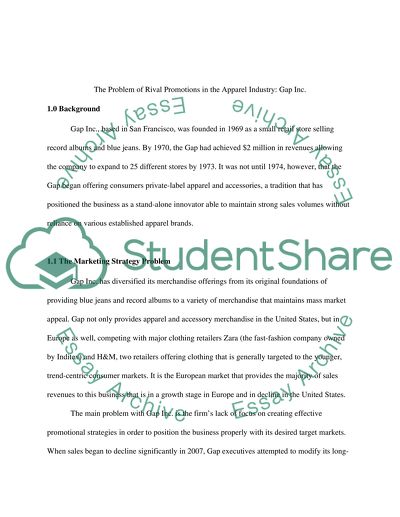Cite this document
(“Consumer Analysis Term Paper Example | Topics and Well Written Essays - 2000 words”, n.d.)
Consumer Analysis Term Paper Example | Topics and Well Written Essays - 2000 words. Retrieved from https://studentshare.org/marketing/1474967-consumer-analysis-term-paper
Consumer Analysis Term Paper Example | Topics and Well Written Essays - 2000 words. Retrieved from https://studentshare.org/marketing/1474967-consumer-analysis-term-paper
(Consumer Analysis Term Paper Example | Topics and Well Written Essays - 2000 Words)
Consumer Analysis Term Paper Example | Topics and Well Written Essays - 2000 Words. https://studentshare.org/marketing/1474967-consumer-analysis-term-paper.
Consumer Analysis Term Paper Example | Topics and Well Written Essays - 2000 Words. https://studentshare.org/marketing/1474967-consumer-analysis-term-paper.
“Consumer Analysis Term Paper Example | Topics and Well Written Essays - 2000 Words”, n.d. https://studentshare.org/marketing/1474967-consumer-analysis-term-paper.


